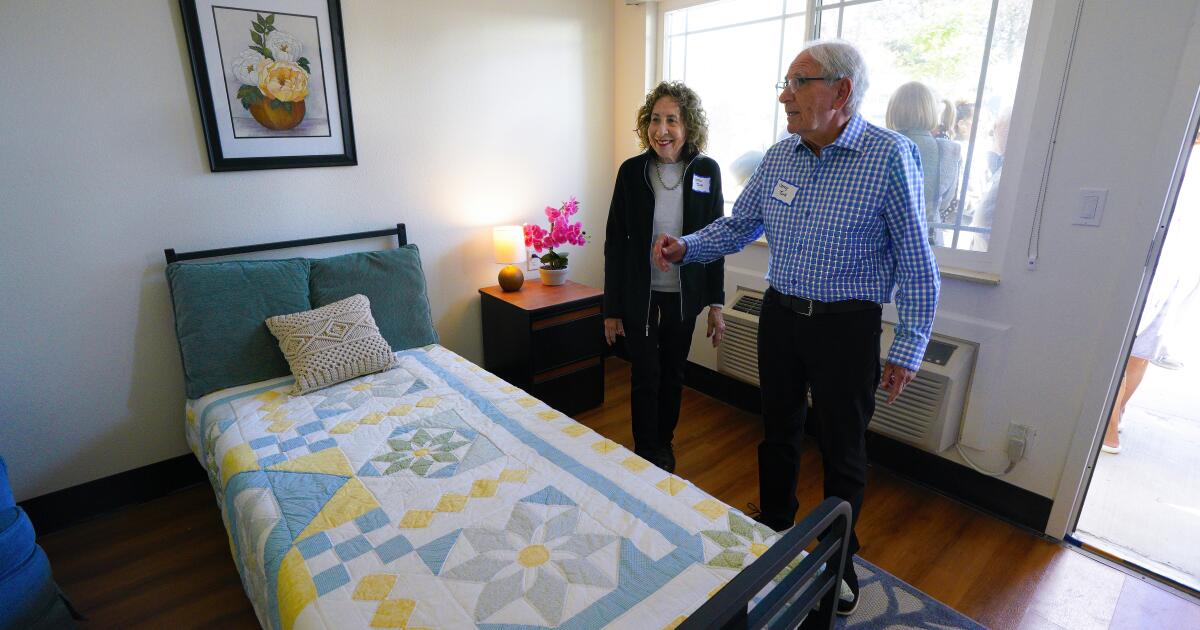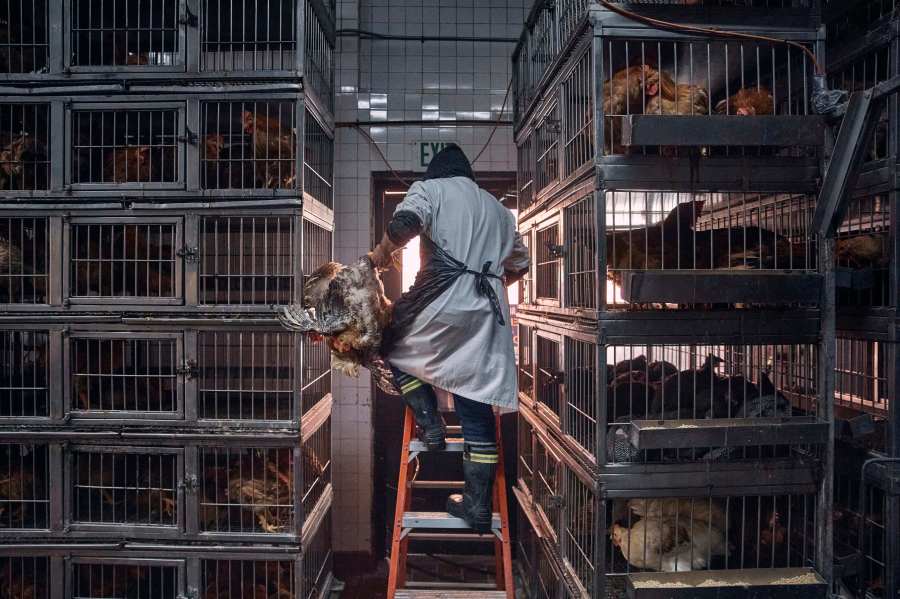

Adding an additional 100 recuperative care beds and helping San Diego County workers with increasing health care costs were strong enough ideas to get the immediate support of county supervisors Tuesday.
Other ideas, such as a $24 million investment in training programs for current and future behavioral health workers and fee waivers for accessory dwelling units will have to return for more consideration in February.
The board unanimously supported the approach for using more than $60 million in remaining “evergreen” funds allocated to the county by the federal American Rescue Plan Act.
Though there was some disagreement on whether spending $8 million for a second recuperative care center with at least 100 beds would help alleviate concerns with the implementation of changes in state law that expand who can be picked up on “5150” holds, supervisors followed the urging of multiple public speakers. Many said the need for a place to go after hospital care was a key factor that controls who ends up unhoused and who does not.
Supervisor Jim Desmond argued that moving forward immediately on another recuperative care center similar to one in Escondido operated by Interfaith Community services could help remove the current pressure on hospitals.
“I really think we need the infrastructure in place for the recuperative care beds and supportive housing, because we are lacking those and with SB 43, the state gave us a tool to get people into care, but then we don’t have the housing,” Desmond said.
Senate Bill 43 expands the definition of gravely disabled, one of three reasons why a person might be picked up on a 5150 hold. In addition to being considered gravely disabled, anyone can be involuntarily detained if they are thought to be a danger to themselves or others. The county delayed implementation of the new law for one year, largely on grounds that an increase in such holds would further inundate already crowded hospital emergency departments.
Supervisor Terra Lawson-Remer brought forward the idea of moving quickly on recuperative care as an “evergreen” project because a relatively small investment in using the remaining federal funds could create a facility that would qualify to bill Medi-Cal, the state’s last-resort health insurance plan, for services rendered.
But board Chair Nora Vargas cited a letter from Sharp HealthCare at Tuesday’s meeting that noted the local health care provider does not see recuperative care as directly pertaining to the new law.
“It says Sharp fully supports investment in the county of San Diego’s expansion of recuperative care capacity in the region — we can all agree on that — however, the need for additional recuperative care beds is not related to the implementation of Senate Bill 43 and the associated expansion of the gravely disabled definition.
“I want to make sure that that’s clear, because we’re not comparing apples to apples.”
Dr. Eric McDonald, the county’s chief medical officer, agreed.
“SB 43 involves care that is involuntary and recuperative care is not an environment to care for involuntary treatment patients,” McDonald said.
While it is clear that the law has the most direct impact on emergency departments — that’s where those considered gravely disabled must be taken for evaluation — there has been increasing evidence that current backlogs in ERs are caused in large part by those “boarding” in emergency settings because too many are spending longer than they need to in inpatient beds. The theory, then, is that having more recuperative care beds outside hospitals could relieve pressure on crowded ERs by reducing the number who end up waiting for an inpatient bed to open up.
Desmond, though, seemed to see such distinctions as splitting hairs, especially given that many millions would still remain for other “evergreen” programs.
“I do think it’s important that we move forward with that — you’ve still got 45 million bucks left,” Desmond said.
A $13 million allocation to help defray the increased cost of health care benefits for county employees also got fast-track approval, though the supervisors still must decide how the cash will be provided to employees through the unions that represent them.







